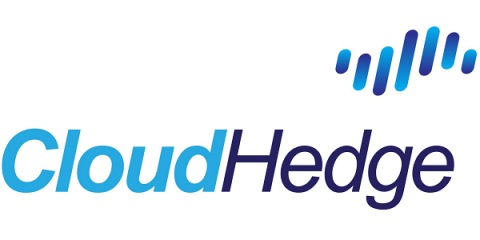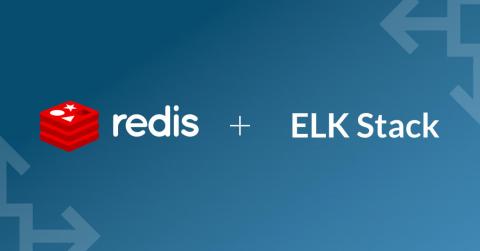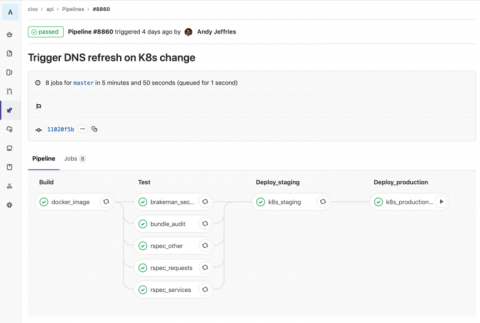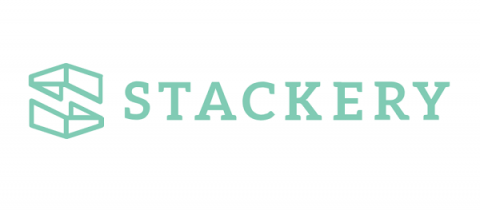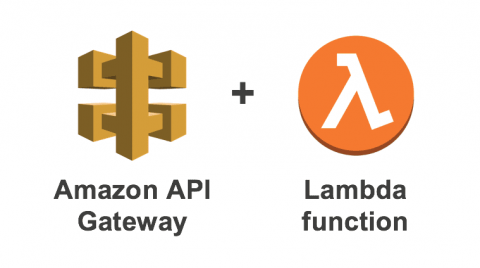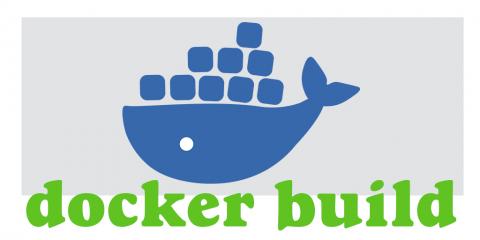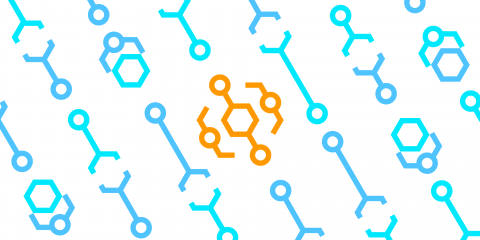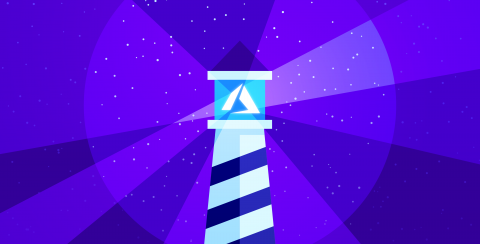Automated Containerization of Apps Using CloudHedge
Well, the answer is yes and no. Containerization is a relatively new technology and needs significant efforts to containerize an application, orchestrate, secure, manage and monitor it. Hence it’s worth looking at what does it take to containerize, deploy and run an application in real production in bit details for you to take a call whether you want to venture into it yourself or not.


